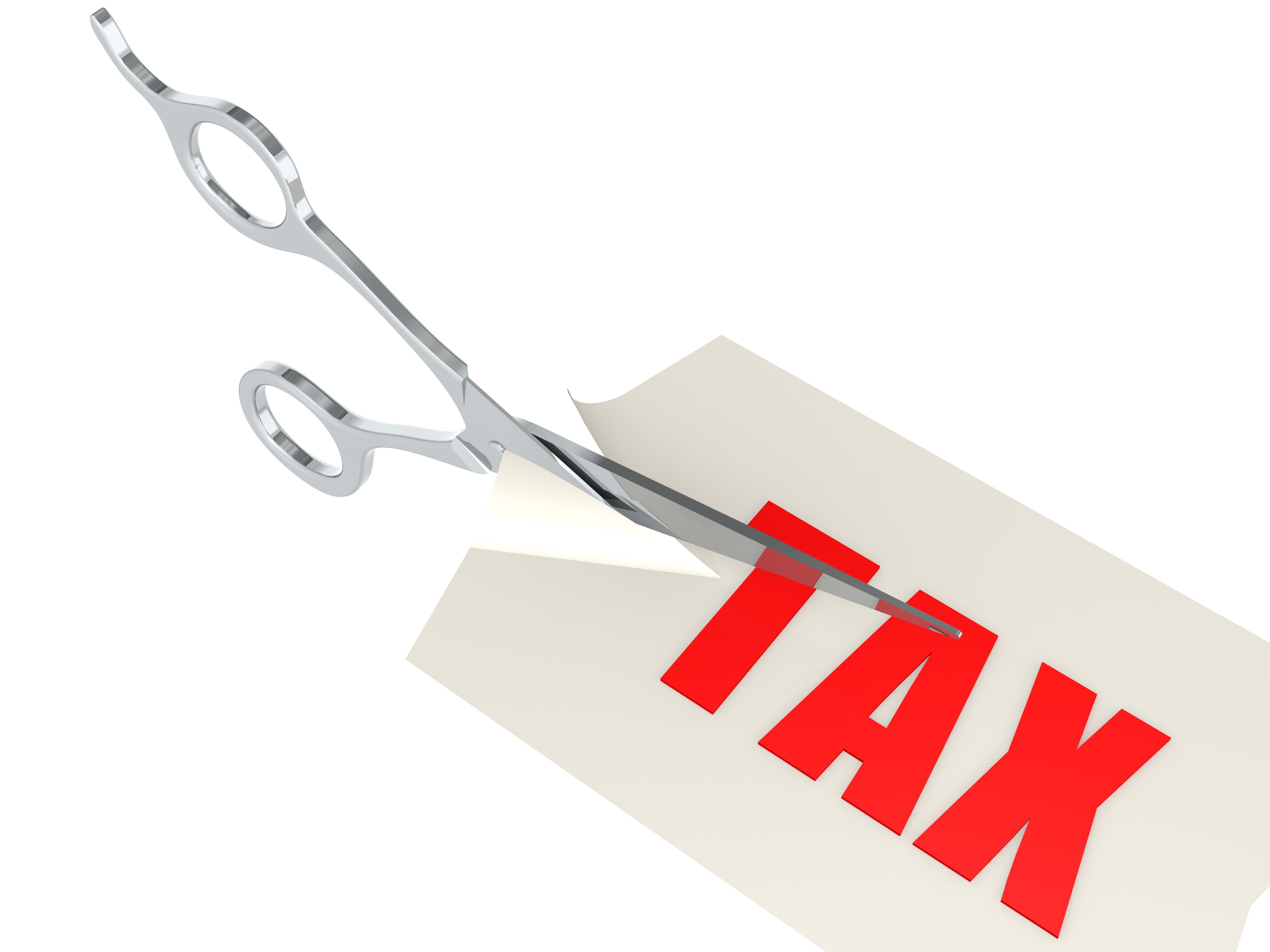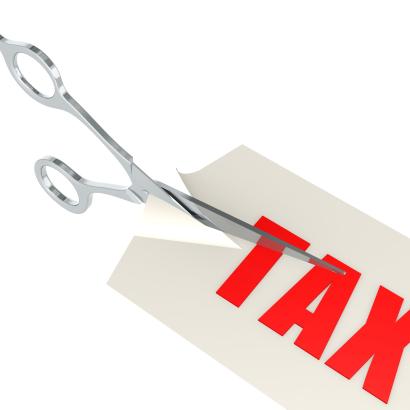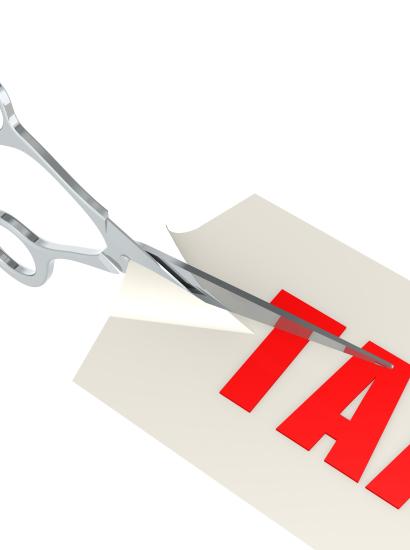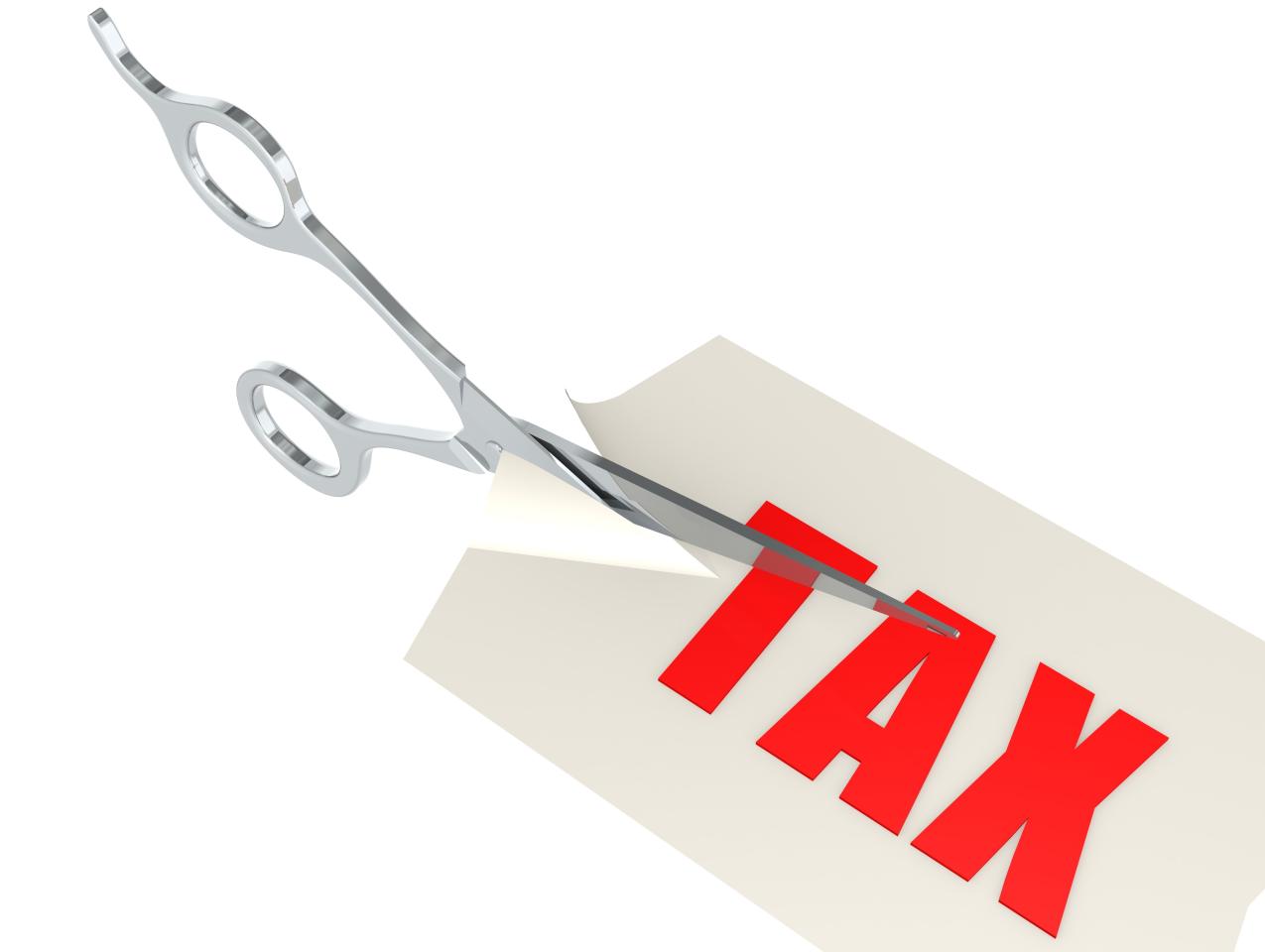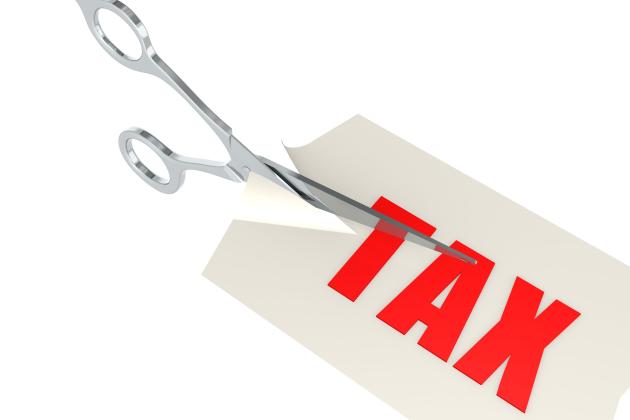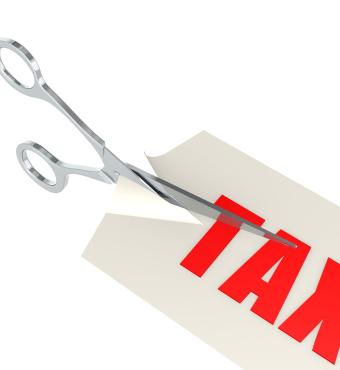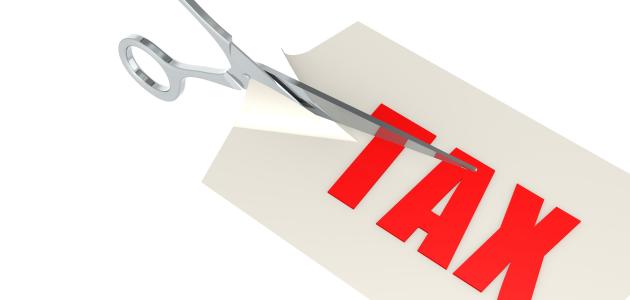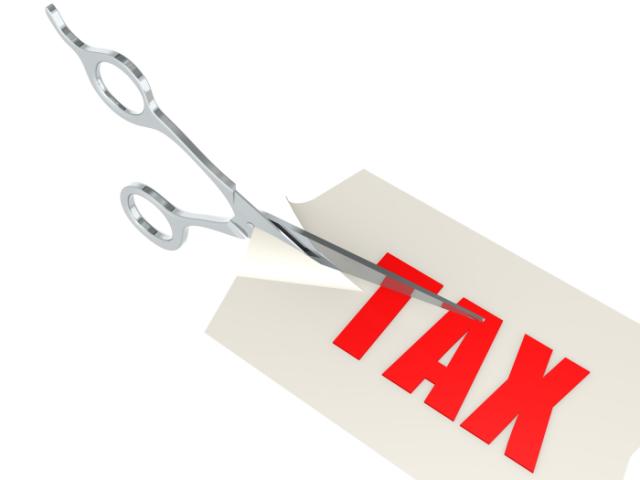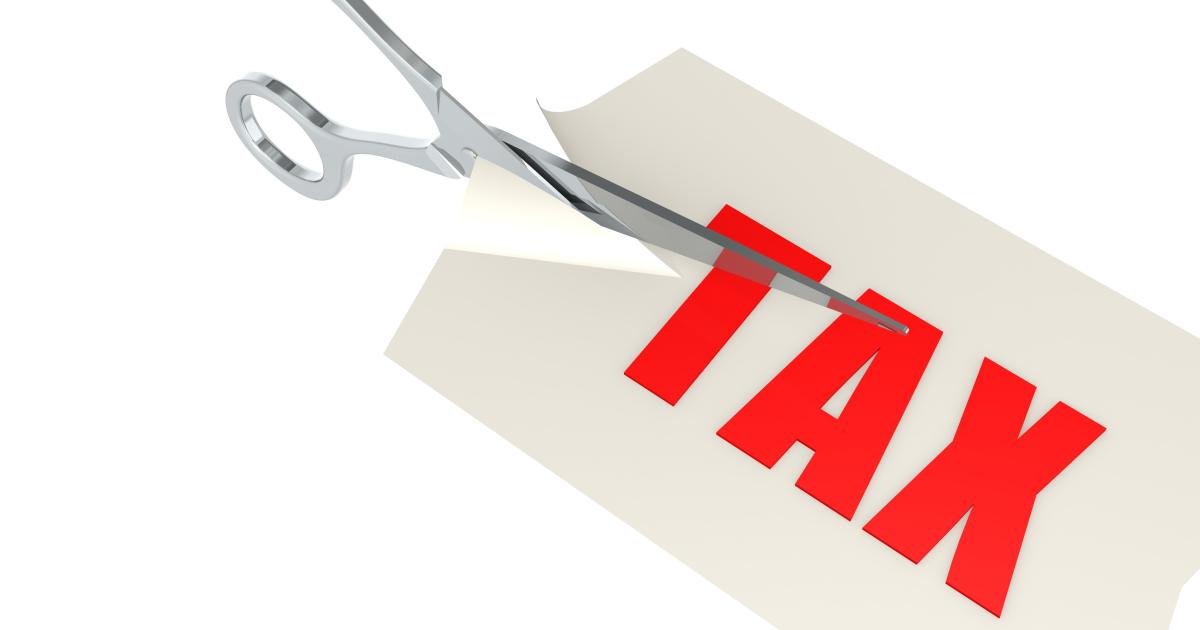- Economics
- US Labor Market
- Law & Policy
- Regulation & Property Rights
- Budget & Spending
- Politics, Institutions, and Public Opinion
- The Presidency
- Civil Rights & Race
The “Big Six” tax framework announced in September will be Congress’s primary focus for the rest of the year. The plan proposes substantial cuts to personal and business tax rates and immediate expensing of capital investments for business. For the plan to pass Congress, its backers must provide affirmative answers to two key questions: Will it boost the economy enough to cover most of the revenue cost? And will it help the middle class? The answer to both questions is yes, although some key changes can make achieving these goals likelier.
The Senate Republican budget blueprint allows $1.5 trillion in tax cuts over 10 years. Many lawmakers are rightly concerned about the deficit implications. Tax cuts rarely pay for themselves, but positive revenue effects are produced primarily through cuts in business taxes like those in the proposed plan. Under reasonable scenarios, much of the lost revenue can be made up by added growth.
A subscription is required to read the full article "How To Make A Good Tax-Reform Plan Even Better."







